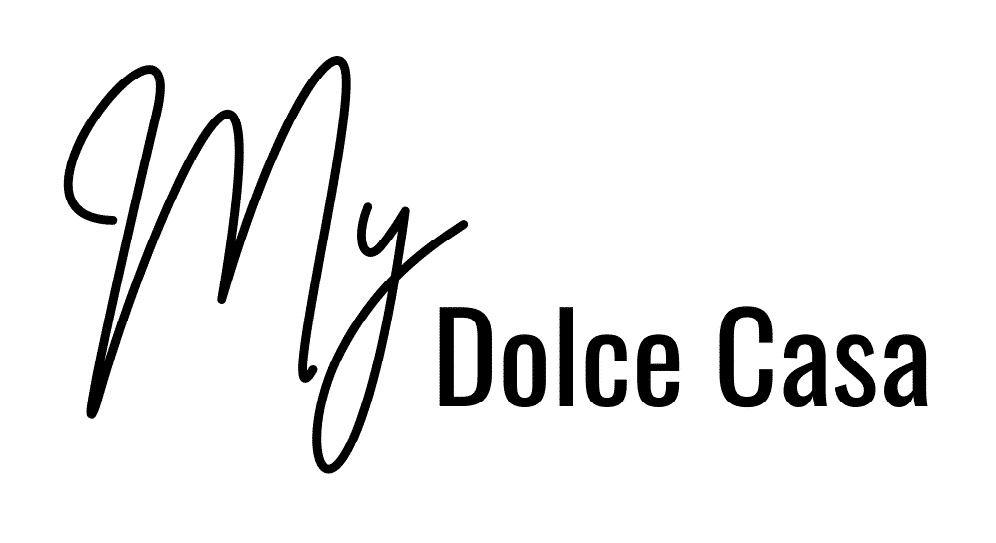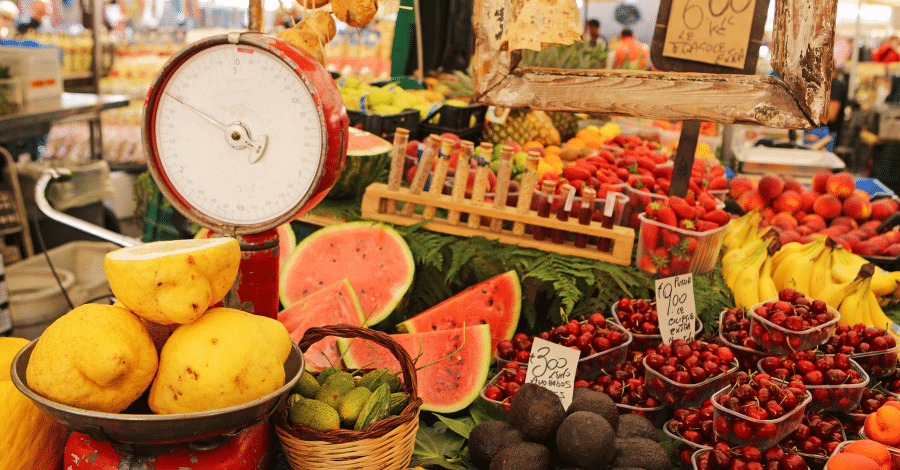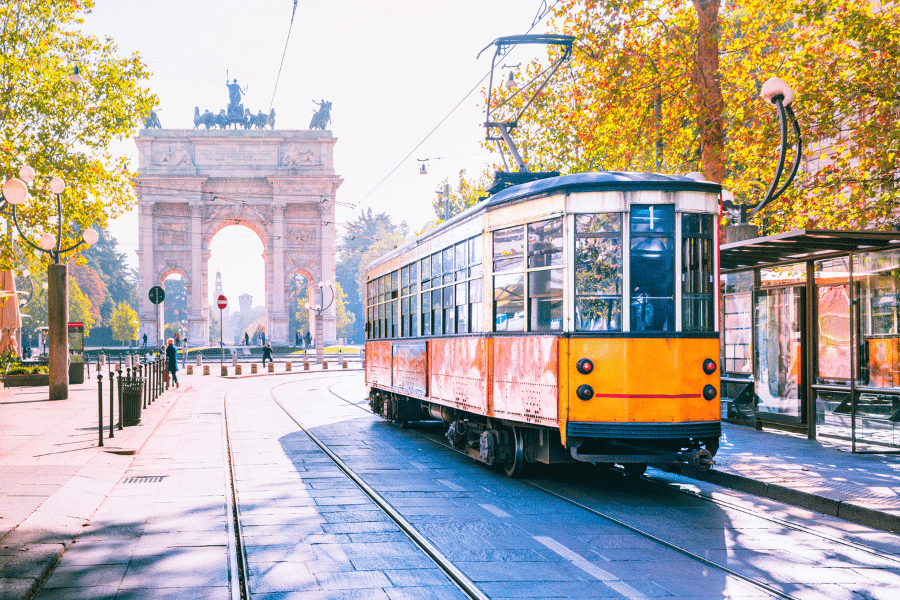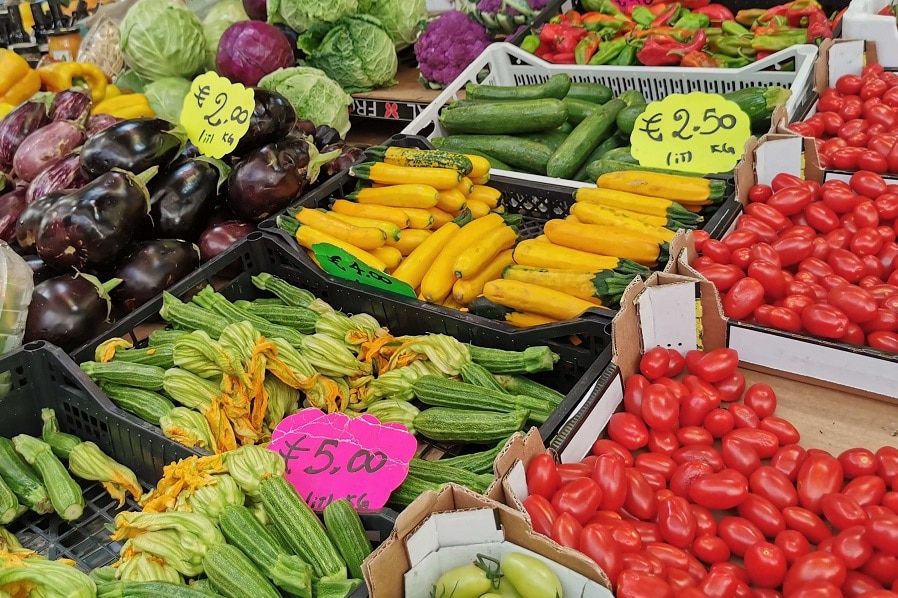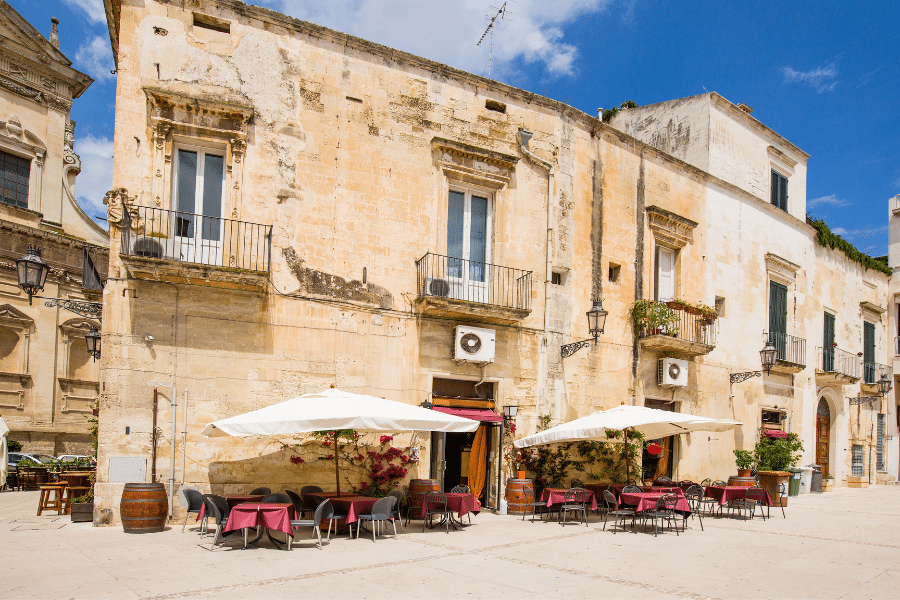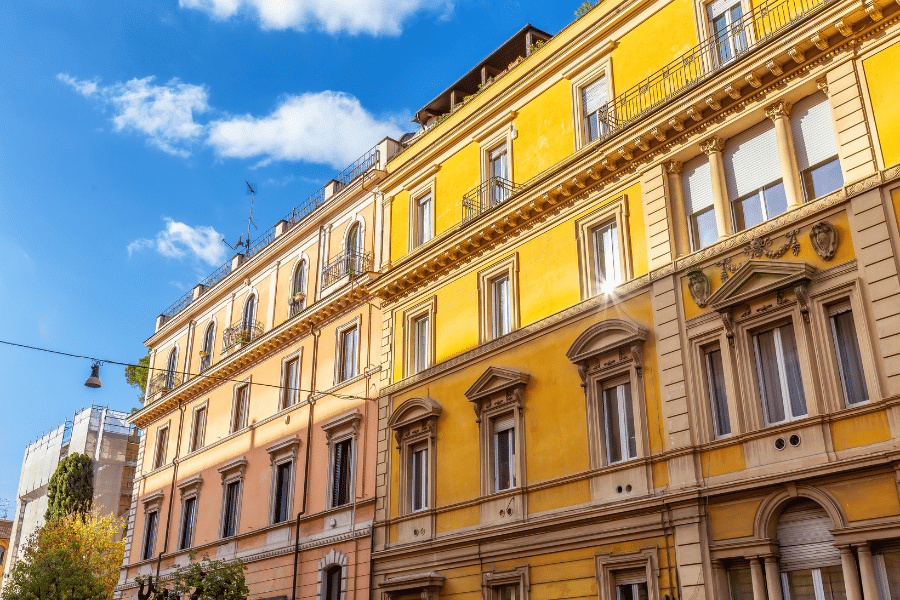When moving to Italy, there are always aspects of the Italian culture you can’t foresee and some you may never understand. Italy has tons of unwritten rules, a lot of which many people already know. Ordering a cappuccino in the afternoon? Highly frowned upon. Pineapple on pizza? Sacrilegious.
But there are several things I wish I had known before moving to Italy that would’ve made my life much easier.
1. Public transportation is unreliable
To make a long story short, public transportation exists, but it’s not great. Moving from a place like New Orleans, where the public transportation is quite bad, it was a breath of fresh air to move somewhere that didn’t just rely on cars to get everywhere.
That excitement lasted only a few weeks after moving to Rome. Waiting 30 to 40 minutes for a bus happened way too frequently for me to consider them reliable.
Don’t rely on Google for bus times; they’re hardly ever accurate. If you have to go somewhere that’s only accessible by bus, try to find a stop that has more than one bus heading in your direction. Whatever the first bus that comes, even if it goes out of the way or will “add time,” according to Google, take it. You don’t know when the next bus will come.
If you’re moving to a bigger Italian city like Rome, Napoli, or Milan, try to find an apartment near either a local train line or at a metro stop. Trains and metros are the most reliable public transportation, with accurate times. However, strikes, construction, and breakdowns happen quite often, so be patient and always have a backup plan.
2. Getting pets to Italy is quite easy
Italy is a pet-friendly country, and you’ll see tons of well-fed street cats and happy dogs visiting cafes, restaurants, and parks. So, getting your fur baby in should be an easy process, right?
Surprisingly, it is actually quite easy to get your dog or cat to Europe. Your pet doesn’t need to go through quarantine or need a special vaccine. Essentially, if your dog or cat is up to date on the vaccinations that are required in the States, you’ll be okay. Rabies and microchips are your pet’s only requirements, so make sure you have that paperwork ready.
When I first moved to Italy, I went through an elaborate process with my veterinarian to get an officially stamped and approved letter of health from the United States Department of Agriculture for my small 17-pound dog. This process had to be perfectly timed so that I had it signed ten days before entering the country.
The hardest part of the journey, surprisingly, was checking into my flight, and this applies to both trips to and from Italy. I had all my documents in order, gave them to the person checking in, and was first told I wouldn’t be able to bring him onto my flight, then approved. It took me around 30 minutes at the check-in station, so make sure you give yourself extra time at the airport.
Once I landed at Fiumicino airport, I was nervous, expecting something to be wrong with the paperwork or customs officials to stop me and take my dog for some reason. I went through my passport check without the security guard even looking at me, let alone the carrying case I had the dog in. I then retrieved my bags and walked out without any customs checks.
3. Registering your pet in Italy is paperwork-heavy
Once you get your dog to Italy, you’ll want to get an EU Pet Passport, which you can obtain from either a veterinarian or a local ASL (Azienda Sanitaria Locale). Bring in all the documents you have, of which the most important are your Codice Fiscale and your pet’s rabies vaccination and microchip records.
In summary, I filled out a lot of paperwork, waited in tons of lines, and got all the “necessary” paperwork I needed… for no one to ever check it. Of course, if I need it a single time, then it’s better to have it than something happening to my dog.
If you’re traveling back to the States with your pet, check your airline’s pet policy information. For example, United has a Veterinary Health Form you can get filled out by vets in Italy or in the States. This document will ensure you’ll get through check-in without any issues.
Things are generally pretty different in Italy as far as pet care, compared to the United States. For example, veternarians have told me there isn’t a heartworm, flea, and tick problem in Rome, so they’ve hesitated on giving medicine for my dog. When I insisted, they gave me a prescription that I had to bring to the pharmacy, which is the norm.
3. Grocery store culture is different
This one may seem very silly, but if you’re like me, you’ll want to get in and out of the grocery store as quickly as possible with as little human interaction. So color me surprised when I got to the cash register thinking they’d weigh my produce. The audible groans from the older Italian woman behind me made me instantly sweat as I panicked, not knowing what to do.
At all the produce sections, you’ll find weighing stations that will have you input codes and print out a sticky little ticket. You’ll also find plastic gloves that you need to use so you don’t get your germs on the produce when you’re inspecting it. Even if you’re simply putting produce in a bag, you should still try not to touch the produce, as you’ll eventually have someone judging or yelling at you about it.
4. Produce is only available in season
If you’re coming from the States, you’re probably used to having everything available at all times. You find a recipe online with unique ingredients, you can pop down to the Whole Foods and get whatever you need. Autumn squash in the spring? No problem! Blueberries in the winter? Absolutely.
This will not be the case in Italian supermarkets. Because Italians value quality over convenience, you’ll only find produce items that are in season. Also, there will be some spices you won’t be able to find in Italian supermarkets at all. You’ll need to plan your recipes around what is available rather than what you want to eat and stock up next time you visit the States.
One thing that’s always in season, though: pasta.
4. The service industry may dissapoint until you understand the customs
In the States, people who work in restaurants and bars are in the “service” industry for a reason; people expect to be waited on, be checked on, and have everything they need quickly.
In Italy, on the other hand, things are quite different. Service workers are paid full salaries and do not depend on tips as much. There is also a cultural difference in what “service” means for Europeans vs Americans.
For example, Italian waiters tend to give customers more space and don’t check on them very often. So, if you need something, don’t wait for the waiter to come to the table. It’s not rude to get the attention of your waiter to ask for something; in fact, if you don’t, you won’t get what you want or need.
One of the most baffling things that still confuses me to this day is making payments. At cafes, you either pay upfront and give the bartender (in this case, bartenders serve coffee), or you’ll ask for a coffee and pay later. It’s never quite clear.
Take a look around before you ask for a coffee and see if people have receipts. If that’s the case, you’ll have to pay first. If you’re in doubt, you can always ask, “Devo pagare primo o dopo?” or “do I pay before or after?”
In restaurants, the payment situation is different compared to the States. Usually, in the US a waiter will bring you a check when you’re done with your meal. In Italy, they don’t rush customers out by bringing the check, unless it’s requested. They do not need to get new customers in at your table. Each restaurant table gets one reservation for the night, so you can sit and enjoy for as long as you want.
So, when you’re ready to pay and leave, you’ll have to signal the waiter. In one instance, I’ve waited twenty or more minutes at a table for my check because I didn’t know that there was a designated cash register to pay.
However, sometimes there isn’t. So when you’re done with your meal, the best bet is to ask your server for the bill. You can say something as simple as, “il conto, per favore” (the check, please), and the server will either bring you a credit card machine or point you to where you’ll pay the check.
Note that every store is legally required to allow payment by card, but that doesn’t necessarily mean they’ll do it. The restaurants and corner-store markets may not want to get charged a fee for your €1 bottle of water, so carry a little bit of cash for this case.
You’ll also want to make reservations at restaurants, especially in winter when they close the outdoor seating sections of restaurants and indoor seating is limited. Often, osterias and trattorias will have a late reservation but will hold the table for the entire night. If you really want to eat somewhere, reservations are the only guarantee you’ll get in.
5. Documents are very important
Bureaucracy is super important in Italy. You’ll need a codice fiscale to do just about anything in the country. This tax code will be required when getting an apartment, registering your dog, getting a doctor’s appointment, a prescription drug, or even making a large purchase.
The process to obtain a Codice Fiscale is relatively simple, though it will take a bit of time for you to get it done. This won’t come on an official paper like your birth certificate or Social Security card, but a regular A4 white copy paper.
When you get your codice fiscale, the smartest thing for you to do is scan it with a phone application, save it on your phone, and email it to yourself. This means you’ll have it on hand to give the document to whoever needs it. Keep the actual document somewhere safe in your apartment or home.
Additionally, having some form of official ID is always a good idea. I’ve been ID’d in the most random small-town train stations. Again, if you’re traveling and don’t feel comfortable walking around with your passport on your person, scan it with an app. Though the carrabinere may make a fuss about you not having a document on you, they’ll accept it and move on.
6. Finding an apartment is challenging
Finding an apartment for rent was one of the most difficult parts of living in Italy. I got extremely lucky when I was searching for an apartment in Rome, as the realtor that I happened to message loved speaking English. I contacted close to twenty potential apartments before getting a response back. In cities like Milan, you may encounter additional challenges, as affordable housing is even harder to find.
So quantity over quality and starting early is key. Even if you think there are issues with an apartment, reach out to them and try and see if someone responds. As I said earlier, location is vitally important. Choose several neighborhoods of the town you’re moving to and filter by price.
Some of the best websites are Spot-a-Home and Immobiliare. You can also look for places in WhatsApp expat groups or Facebook expat groups, but I didn’t have much luck in getting responses on social media.
Finally, if you’re desperate, you can look for a short-term rental as a temporary solution. You can either rent the place out for a few weeks at a time and bounce around the city you plan to move to or contact the owners to see if you can come up with a longer-term agreement.
